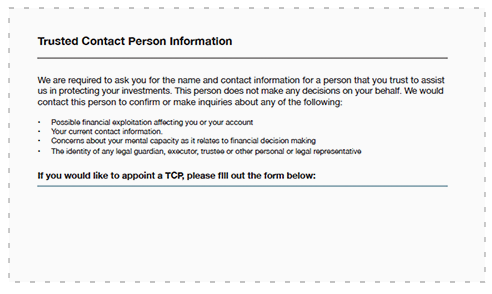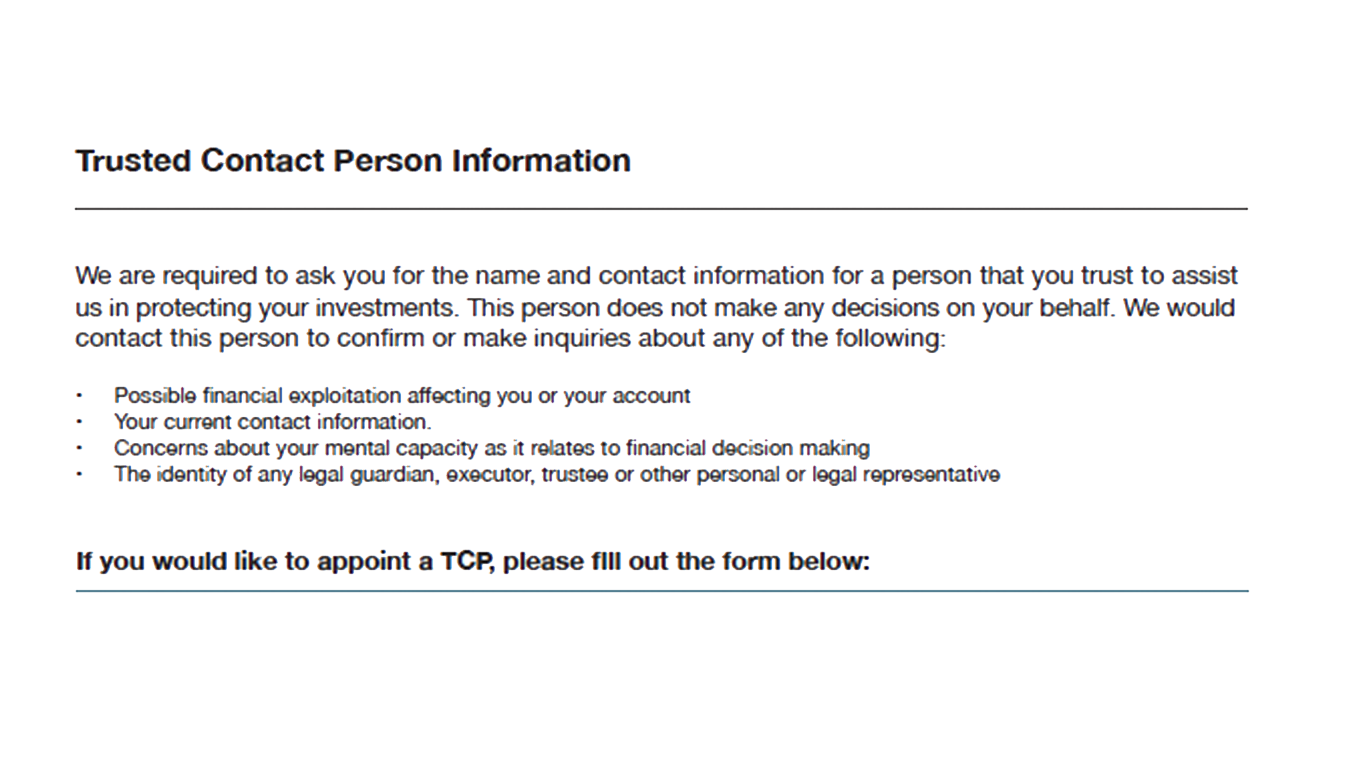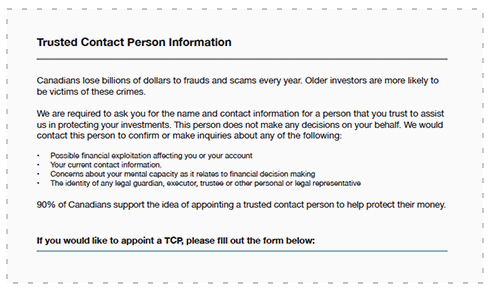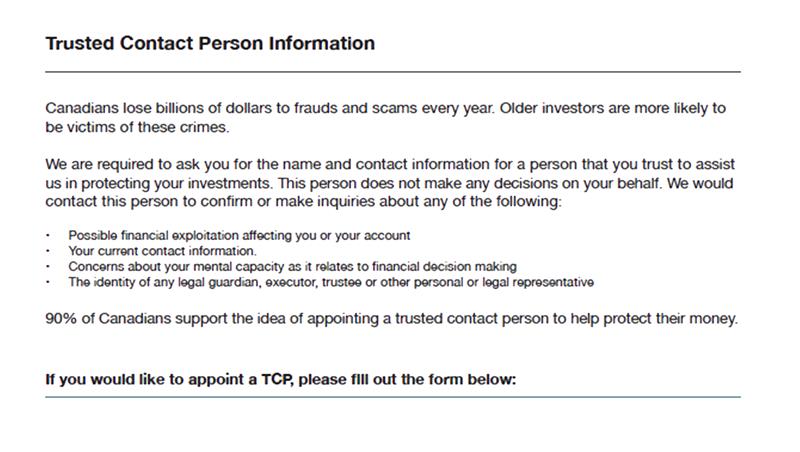01 COST









Older adults lose an average of 50% of their median net worth prior to a dementia diagnosis.[5]
(From an average of $217,000
to slightly over $104,000)
02 FREQUENCY
84% of financial professionals at a large investment firm reported having a client with dementia.[6]

financial professionals say they do not feel prepared to handle people experiencing cognitive decline[6]
03 OUTCOMES
Your employees may be among the first to recognize signs of cognitive decline in consumers. Here are ways you can help create better outcomes for your clients, customers or members.

MANAGE
Create policies and programs to help better serve consumers

EMPATHIZE
Respond to each unique situation with care and understanding

RECOGNIZE
Know the signs of cognitive decline

SAFEGUARD
Use your position to steer the best possible outcomes for consumers and institutions












































